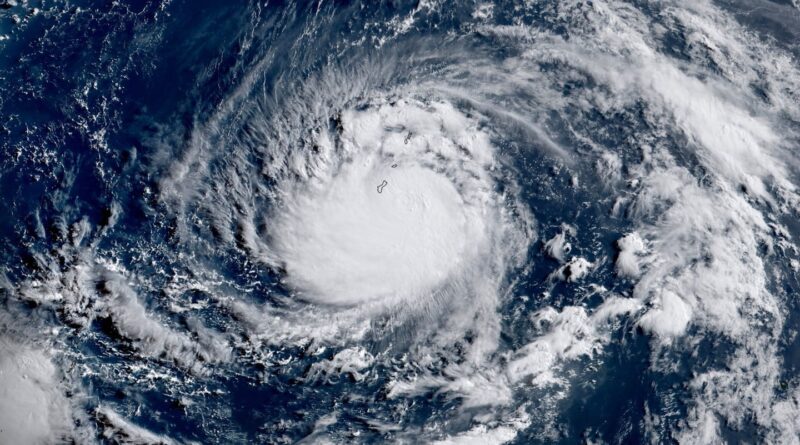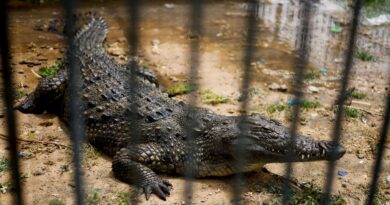Guam issues flash flooding warning as Typhoon Mawar approaches
Weather Service officials said at an afternoon briefing on Wednesday that they expect the storm to pass over central Guam between 5 p.m. and 7 p.m. local time. Seas were approaching 30 feet in some areas off the coast.
Ahead of the storm, some U.S. Coast Guard ships sailed away from the territory — a hub for U.S. forces in the Pacific — as a precaution, while other vessels were hauled out of the water or tied down for heavy weather.
President Biden also approved an emergency declaration that orders federal authorities to support the local response to the typhoon.
Gov. Lou Leon Guerrero (D) on Tuesday ordered residents in low-lying coastal and flood-prone areas to evacuate to higher ground. Officials also encouraged people living in houses made out of flimsier materials including wood and tin to consider relocating to emergency shelters. Landslides are a major risk.
Guam has a population of a little more than 150,000 people, many of whom live in villages dotted around the coast. Initially the southern villages of Inalahan, Ipan, Talofofo, Malesso, Hagat and Humatak were under particular threat from a severe ocean storm surge in addition to destructive winds, although weather officials later adjusted their forecasts, saying a change in the wind direction meant the likely path of the storm would bring increasing water levels and surf along the western and northern sides of Guam.
Residents stocked up on groceries and fresh water as authorities predicted power and water could be lost throughout the island, perhaps for days.
Guam has a long record of tropical storms. Typhoon Karen, a Category 5 typhoon in 1962, killed 11 people and left thousands homeless. Typhoon Omar slammed into the island in 1992, injuring dozens of people, destroying houses and cutting power all over the island, while Typhoon Pongsona, a Category 4 storm, struck in 2002.
Weather officials expect tropical storm-force winds will persist into Thursday morning, urging residents to remain in their homes and shelters until then.




